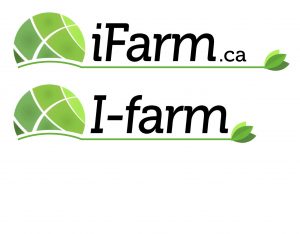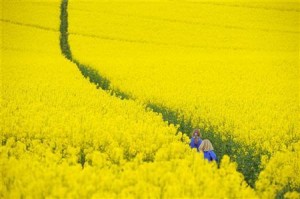“We’re seeing land under threat globally,” said Reza Vishkai, head of specialist investments at Insight Investment Management in London. “You can raise production by increasing land under cultivation, but a lot of that land is concentrated in places like Africa and Brazil and requires huge investment to operate on a profitable basis.”
Owners of quality farmland are poised to benefit from all these trends, which explains why so many agriculture investors are bullish on land. Over the next two years, Notaro hopes to boost the size of his Black Sea Agriculture fund from $1.5 million to at least $10 million. This should put him in control of at least 5,000 acres, depending on where land prices head in the near term.
As in many emerging markets, farmland investing in Bulgaria is essentially a consolidation play. After Bulgaria’s Communist regime collapsed in 1990, the new government returned huge expanses of state-owned farmland to its pre-Communist owners. These families often inherited plots of 10 to 15 acres, too small for farmers to realize significant economies of scale.
“The small holdings, in general, are undervalued,” said Notaro. “Local farmers accumulate all these little leases and farm them with small equipment over poor roads. The Black Sea coast has some of the best topsoil in the world, but it’s not producing what it could.”
(Read more: Time for a look at beaten-up materials stocks)
Black Sea Agriculture has acquired 346 acres of Bulgarian farmland over the past two years, mostly devoted to wheat cultivation and currently valued at about $1.5 million.
In the Bulgarian farmland market, values rise sharply with the size of the holding, because larger holdings permit more mechanized, more efficient and thus more profitable farming. On a per-acre basis, a 75-acre plot currently sells for about 40 percent more than a four-acre plot. “There are not a lot of large plots available, and local farmers are willing to pay up to acquire them,” Notaro said.
As a European Union member with a reasonably stable economy and political system, Bulgaria offers some security for risk-averse investors. The same can’t be said for some of the edgier emerging markets. This can open opportunities for impact investors such as Stewart Paperin, president of the Soros Economic Development Fund (SEDF), a $350 million nonprofit fund affiliated with George Soros’s Open Society Foundations.
SEDF invests in South Asia and throughout Africa, where Paperin recently took a $5 million stake in a Ghanaian rice farm and put $300,000 into a goat abattoir in Zimbabwe. “Our first test for a potential investment is whether there’s a social benefit,” said Paperin. “Next, it’s whether we can make money.”
(Read more: How to invest like a VC in the hottest technology)
Supply-side economics SEDF’s nonprofit structure and social mission allows it to take on slightly more risk than most traditional for-profit investors. “I can accept a longer time horizon and marginally lower returns,” said Paperin. “As a for-profit fund, I would need a 30 percent to 35 percent risk-adjusted return to go into Sierra Leone, which means that I probably couldn’t do it.”
So far, the farmland investing world has been dominated by institutional investors that can sink capital and management expertise into highly illiquid assets located in far-flung markets. Some of the more attractive markets include countries that offer both reasonable land prices and political stability, such as Australia, Bulgaria, Chile, New Zealand and Uruguay.
Options for individual investors include the perennially volatile commodities markets, as well as equipment and fertilizer manufacturers, food processors and the various exchange-traded funds that focus on agriculture, such as the Market Vectors Agribusiness ETF (NYSE:MOO) and the PowerShares DB Agriculture Fund (NYSE:DBA).
“Individuals can use the public markets to get exposure to the broader food story,” said Vishkai. “But from a risk/return perspective, it’s a very different kind of investment. These are equities, and they behave like equities.” As an example, Vishkai noted that the DAX Global Agribusiness Index declined by 60 percent during the broad market downturn of 2008 and 2009. U.S. farmland prices rose in both those years.
Rogers has one piece of advice for retail investors with a thirst for agricultural exposure. “The best thing you can do is become a farmer, assuming you know what you’re doing,” he said jovially. “I imagine I’d be terrible at farming, as I know nothing about it and have no experience. That’s why I stick to investing.”


